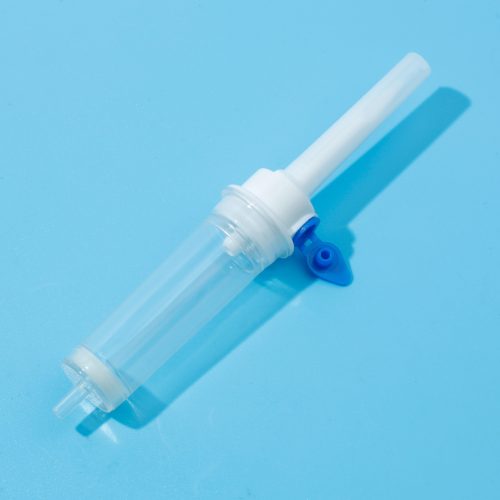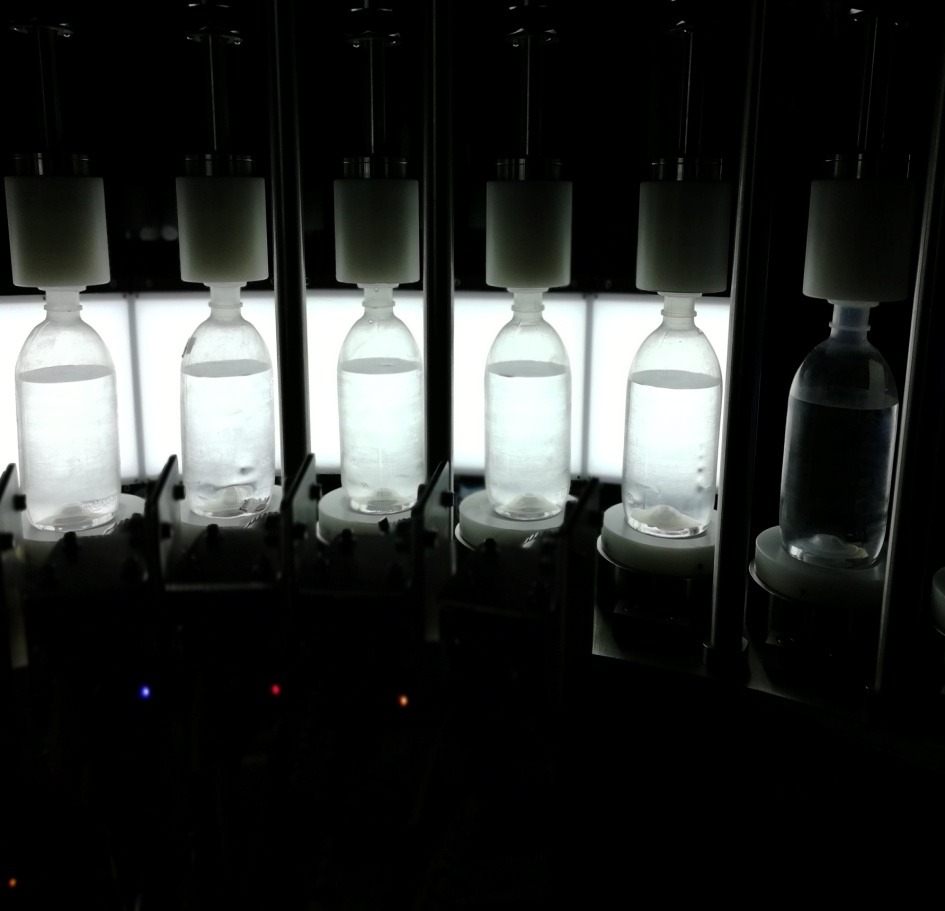IV drip chambers play a crucial role in ensuring the safety and efficacy of intravenous (IV) therapy. Here’s how they contribute to IV therapy safety:
1. Air Bubble Prevention:
-Air Ventilation: Drip chambers often include an air vent to allow trapped air to escape, preventing air bubbles from entering the IV line and potentially causing air embolisms.
-Transparent Design: The transparent body of the drip chamber allows healthcare providers to visually inspect for air bubbles, ensuring that only fluid is infused into the patient’s bloodstream.
2. Fluid Monitoring:
-Fluid Level Visualization: Drip chambers feature markings or indicators that allow healthcare providers to monitor the level of fluid remaining in the chamber, ensuring that the infusion is not interrupted.
– Flow Rate Control: By observing the rate at which fluid drips into the chamber, healthcare providers can adjust the flow rate as needed to maintain the prescribed infusion rate.
3. Filtration:
– Particulate and Microbial Filtration: Some drip chambers are equipped with built-in filters that remove particulate matter and microbial contaminants from the IV fluid, reducing the risk of infusion-related complications and bloodstream infections.
4. Precise Medication Delivery:
– Burette Drip Chambers: Burette drip chambers feature a precise measurement scale, allowing healthcare providers to administer medications in small, controlled increments. This ensures accurate dosing and minimizes the risk of medication errors.
– Micro Drip Chambers: Micro drip chambers control the flow rate to deliver medications or fluids at a slower rate, ensuring precise medication delivery, especially for potent medications with narrow therapeutic ranges.
5. Leakage Prevention:
– Secure Sealing: Drip chambers are sealed securely to prevent fluid leakage, ensuring that the IV fluid remains contained within the chamber and does not spill onto the patient or surrounding environment.
6. Compatibility and Sterility:
– Compatibility Testing: Drip chambers are designed to be compatible with various IV tubing and infusion systems, ensuring seamless integration into existing IV setups.
– Sterile Packaging: Drip chambers are typically packaged in sterile packaging to maintain sterility and minimize the risk of contamination during storage and handling.
Conclusion:
IV drip chambers serve as critical components in IV therapy, providing essential functions such as air bubble prevention, fluid monitoring, filtration, precise medication delivery, and leakage prevention. By incorporating these features, drip chambers enhance the safety and reliability of IV therapy, contributing to improved patient outcomes and healthcare quality. Healthcare providers must adhere to proper IV therapy protocols and guidelines to ensure the safe and effective use of drip chambers and other IV components.
IV set assembly line


